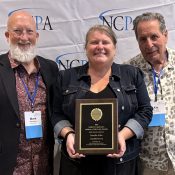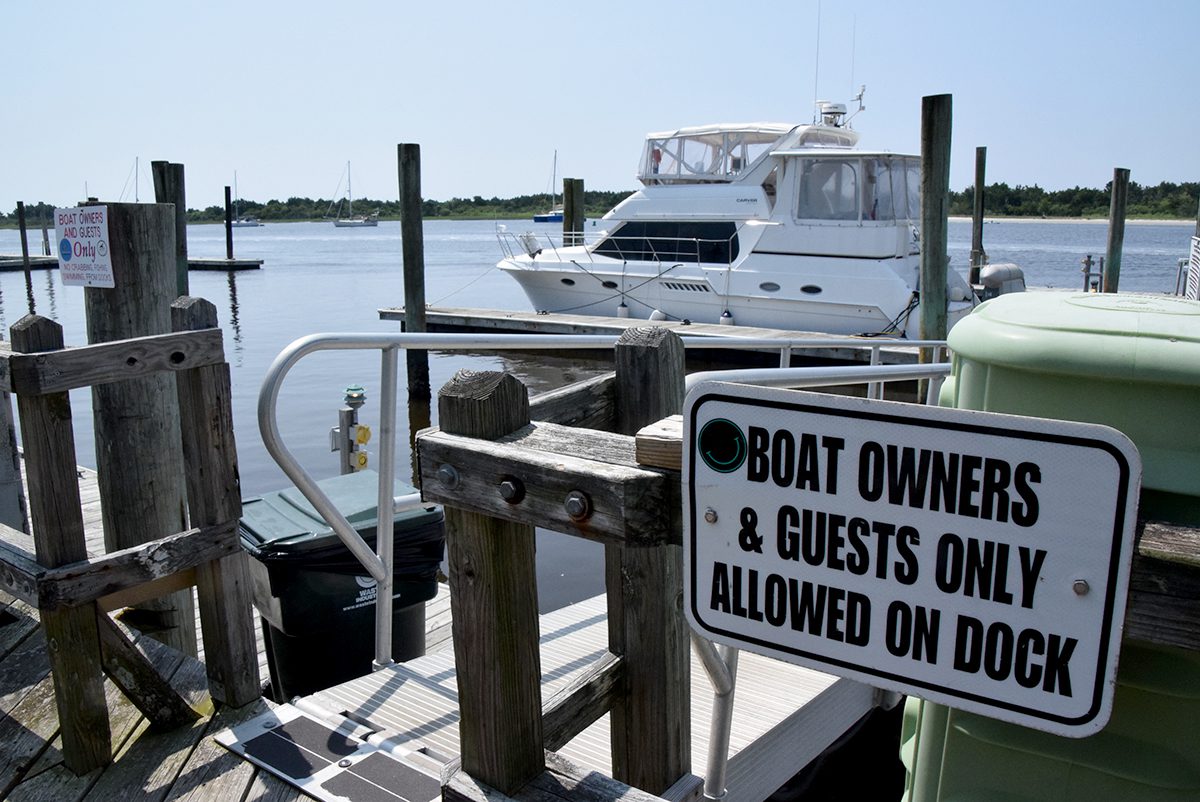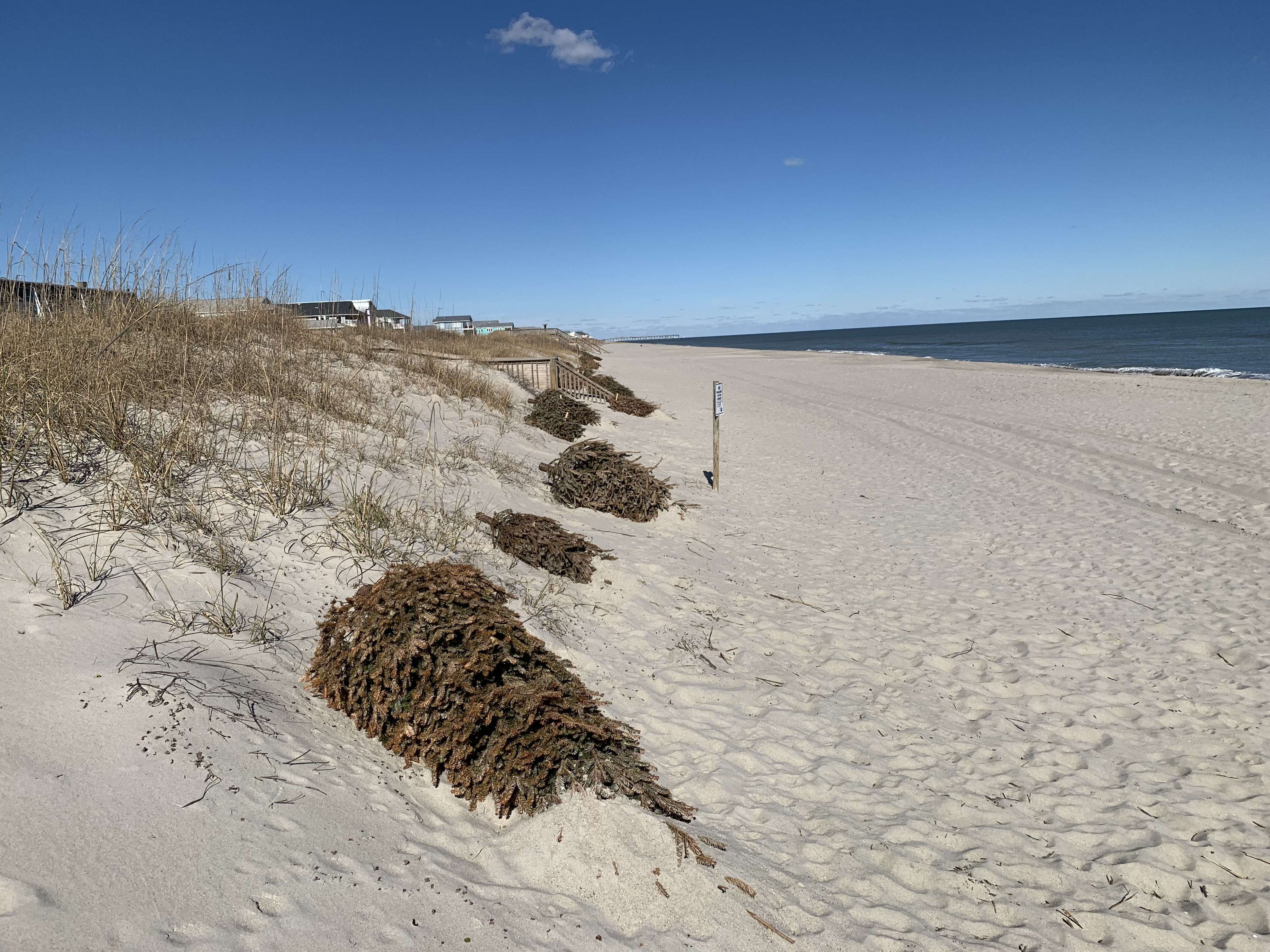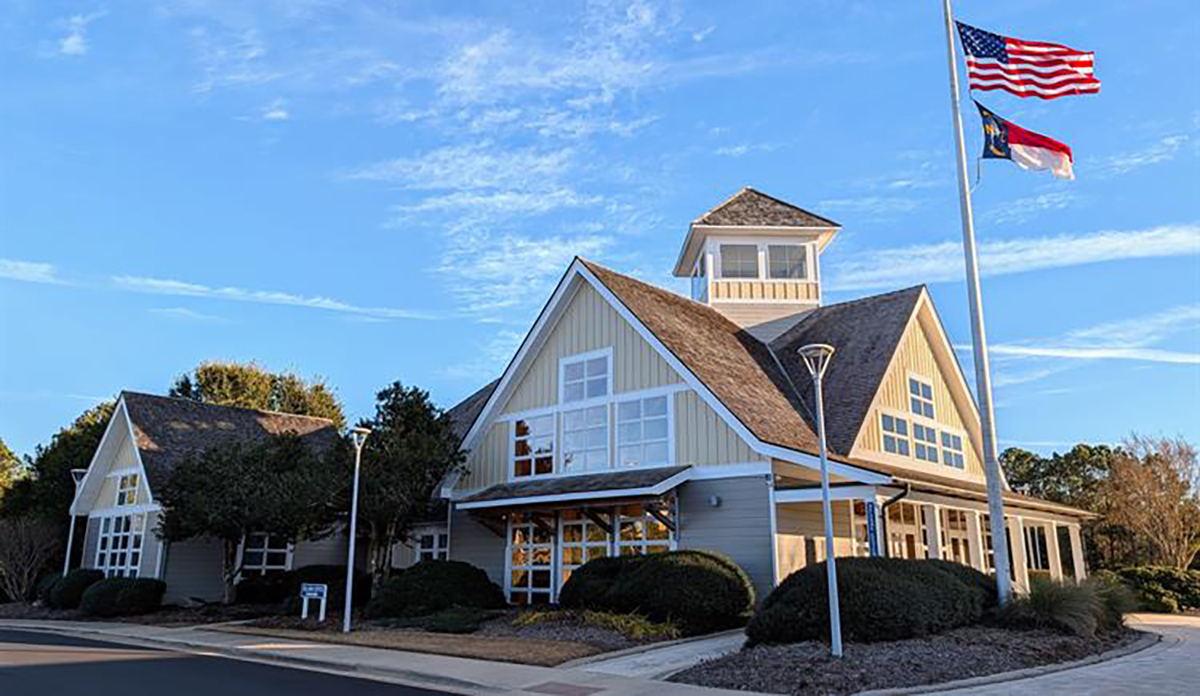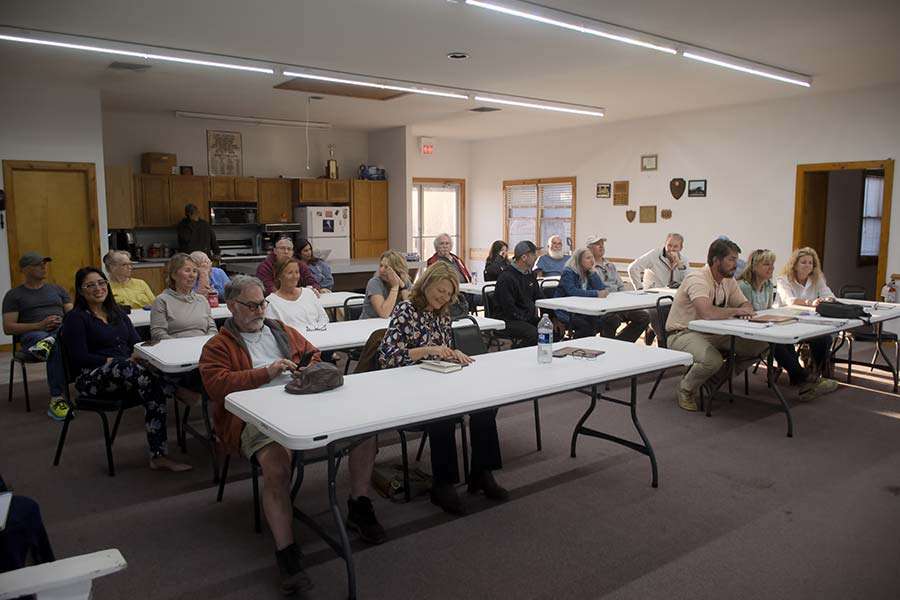
Reprinted from The Outer Banks Voice
Speaking April 16 to a room of more than 40 concerned residents gathered in the former Buxton Volunteer Fire Station, Dare County Planning Director Noah Gillam addressed community concerns over the fate of a zone of influence district designed to protect Buxton Woods Reserve.
Supporter Spotlight
The zone of influence is an area on the soundside of N.C. Highway 12 from Billy Mitchell Airport Road north to the Buxton and Cape Hatteras National Seashore boundary. The zone may have been written to give extra protection to the maritime forest when it was established as a reserve site in 1988 by the North Carolina Coastal Reserve, a land protection program under the North Carolina Department of Environmental Quality.
But based on what came to light during the meeting organized by the Buxton Civic Association, the zone of influence was not referenced in Buxton or Frisco zoning ordinances for at least 30 years, and apparently the Dare County Planning Department was not aware of it.
In April, a request for a text amendment for a fourth apartment in a three-apartment building in Frisco brought the zone of influence language to Gillam’s attention. Based on that, the variance would not be a permitted use. But there are legal questions about whether the 1988 ordinance can be applied and is enforceable, and whether anything can or should be done about apparent nonconforming uses within the zone of influence.

Gillam said he learned of the zone of influence ordinance when researching a request from New Jersey resident Brian Suth, who owns an office building in Frisco that is part of the S-1 zoning district, requested information on converting the offices to four apartments.
“The language that’s in the (zone of influence) ordinance prohibits him from doing that,” Gillam said “So he has requested (removing) the density limitation for multi-family housing that was established in September of 1988.”
Supporter Spotlight
The S-1 district is defined as allowing “broad flexibility of services and uses while establishing certain density limitations, setbacks, parking requirements and other general requirements.” Based on that description, Suth’s request would have been allowed. However, based on the language in the zone of influence, the additional apartment could not be permitted.
The zone of influence ordinance was apparently designed to stop a proposed 40-unit condominium project according to Alyson Flynn, coastal advocate and environmental economist with the North Carolina Coastal Federation.
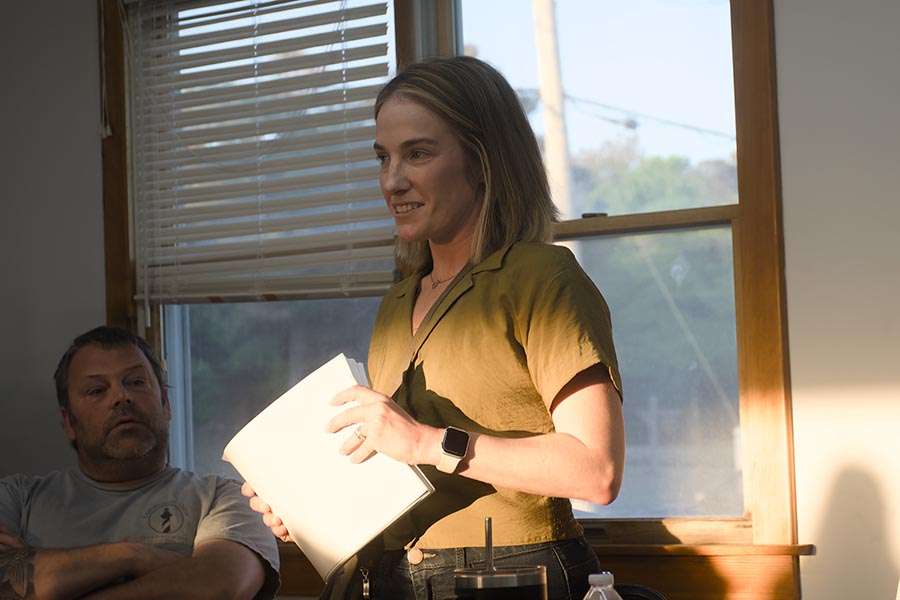
“There are minutes that point to a 40-unit development that was denied originally,” Flynn said. Gillam agreed, noting, “That was the triggering point of what created the language in ’88,” he said. The zone of influence language is very specific, reading, “No multi-family development, townhouses, or condominium project located with ½ mile of any SED-1 zoning district shall exceed a dwelling density of three single family units…per acre or usable land area.”
The SED-1 district is the special environmental district that includes Buxton Woods in Buxton and Frisco and contains the most restrictive language of any county zone. The zone of influence borders the SED-1 zone, but it is not part of it.
The ordinance was written in 1988, but references to the zone of influence were not included in zoning language for either Frisco or Buxton. Because some of the provisions in the zone of influence are more restrictive than the zoning requirements in those communities, state law requires a reference to the additional zoning language, Gillam explained.
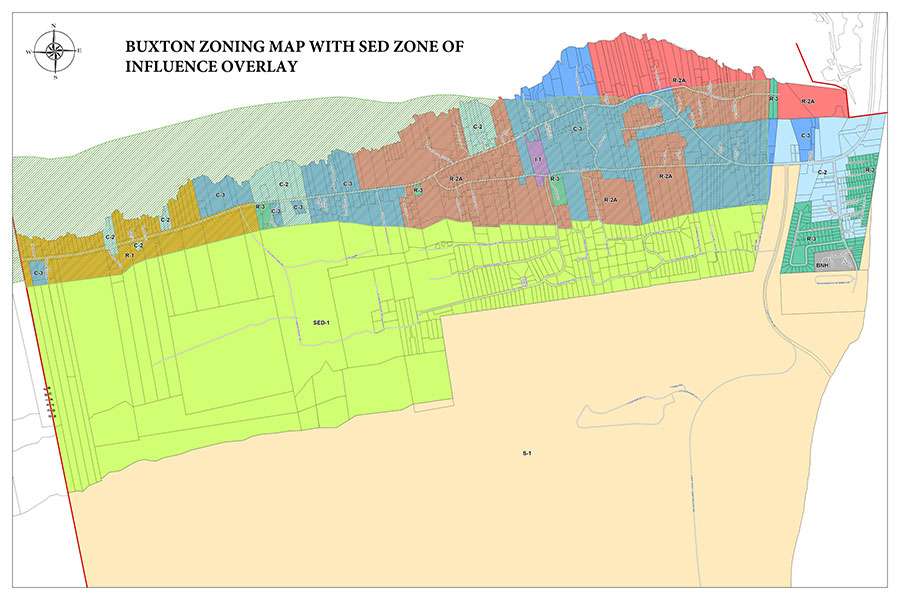
As it stands right now, the zone of influence ordinance may not meet the legal standards of the state.
“There’s a (North Carolina) general statute that establishes that if you make an amendment ordinance and you don’t codify it throughout the ordinance to the lands it affects, that ordinance is not legal…That’s what we’re investigating now with the county attorney. Is this language even enforceable?” Gillam said.
Whether or not it is enforceable, Gillam said, the ordinance is flawed. He pointed out that if the purpose was to restrict high-impact development, it failed to do so.
Flynn agreed with Gillam, noting that “It seems like this ordinance was put into place to stop a specific development that the county didn’t want…so in that sense it has worked because there aren’t 40-unit condominiums in Buxton or Frisco,” she said. “But Noah is exactly right. There could be a hotel there, and that’s where it starts to get hairy, because on one hand, it seems like it did its job, but on the other hand, it very clearly has not.”
There are other concerns as well. Asked if, based on the zone of influence language, there are nonconforming uses, Gillam answered, “When you look at Buxton, or just in the zone of influence area, I think I counted seven campgrounds that have a density way surpassing three units per acre.”
Pressed by The Voice to address what would happen to the zone of influence language if it were successfully challenged in court, Gillam answered, “It would be struck from the ordinance.”
“And that is what (county manager) Bobby Outten is investigating right now,” Commissioner Mary Ellon Ballance added.
It is unclear what, if any, effect removing the zone of influence ordinance would have. The zoning language has not been applied since it stopped the 40-unit condominium in 1988, and monitoring of the 1,007-acre Buxton Woods, which is the “largest remaining contiguous tract of Maritime Evergreen Forest on the Atlantic coast,” according to the Buxton Woods website, has shown it to be a healthy maritime forest.
Asked by the Voice what she felt the next steps should be to address concerns about the zone of influence ordinance, Ballance noted “There’s a lot of unknowns at this point, other than our first step has got to be a determination of whether this is even enforceable.”
She wondered if there could be “a 30-day freeze on building and on any new permitting within the zone of influence.” And in suggesting a moratorium on new permitting, Ballance’s position was similar to comments Flynn made during the meeting.
“I think we need to just take a step back and look at what removal of this ordinance would look like. Find more information so we can make an informed decision,” she said.
This story is provided courtesy of The Outer Banks Voice, a digital newspaper covering the Outer Banks. Coastal Review partners with The Voice to provide readers with more stories of interest about our coast.


